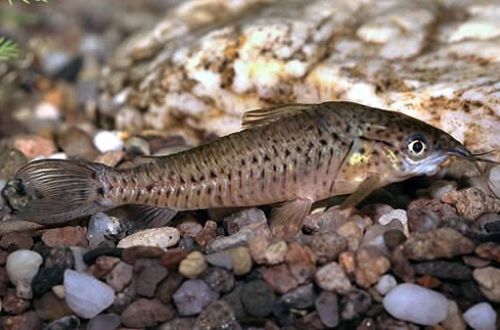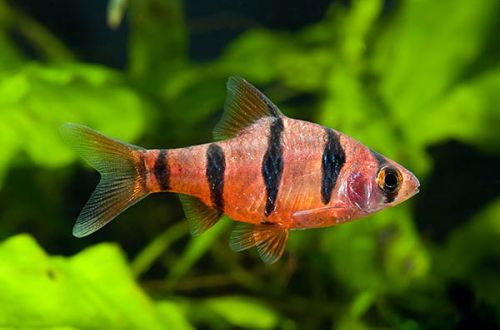
long-whiskered dianema
Long-whiskered Dianema or Bronze Dianema, scientific name Dianema longibarbis, belongs to the family Callichthyidae (Callichthy or Shell Catfish). An excellent candidate for an aquarium with peaceful South American fish species. Differs in endurance and easy in service, it can be recommended to beginning aquarists.

Contents
Habitat
It is widely distributed throughout the Amazon Basin in what is now Peru and Brazil. It lives in tributaries of larger rivers, floodplain lakes and ponds, prefers regions with a large number of shelters and slow currents.
Brief information:
- The volume of the aquarium – from 100 liters.
- Temperature – 24-28°C
- Value pH — 5.5–7.5
- Water hardness – soft to hard (1-20 dGH)
- Substrate type – sandy
- Lighting – preferably subdued
- Brackish water – no
- Water movement – light or moderate
- The size of the fish is up to 10 cm.
- Meals – any
- Temperament – peaceful
- Content alone or in a group
- Lifespan up to 10 years
Description
Adult individuals reach a length of about 10 cm. The body pattern is granular – numerous black specks are visible on a dark or light gray background. There are long antennae on the head. Sexual dimorphism is weakly expressed, it is rather difficult to distinguish a male from a female.
Food
Bronze dianema is undemanding to the diet, accepts most popular types of dry, frozen and live food. An important condition is that they should beat sinking, however, over time, adult fish are able to eat near the surface.
Maintenance and care, arrangement of the aquarium
An aquarium of 100 liters is enough for a small group of catfish. The design uses a soft sandy substrate, rooting and floating plants, various shelters in the form of snags, roots or branches of trees, or other decorative items. Optimal water conditions have slightly acidic pH values with a wide range of hardness. Often it is enough just to defend the water for about a day and pour it into the aquarium.
In general, the catfish is not very whimsical and is able to successfully adapt, therefore, when kept together with other fish, first of all, the living conditions are adjusted for them.
Aquarium maintenance comes down to regular cleaning of the soil from organic waste and weekly replacement of part of the water (10–15% of the volume) with fresh water.
Behavior and Compatibility
A peaceful calm fish that is safe even for the smallest aquarium species. It goes well with representatives of the Amazonian fauna, such as tetras, South American cichlids, corydoras catfish and others. Intraspecific conflicts were not found, Long-whiskered dianema can be stored both singly and in a group. It is worth noting that in the community of relatives it behaves more actively.
Breeding / breeding
Getting offspring at home is quite problematic, but possible. The main difficulty lies in imitating natural conditions, catfish spawn with the beginning of the rainy season, which falls in the summer. However, geographically in South America, the summer period falls on different months, to the north of the equator it is June-August, to the south of the equator it is already December-February. The closer the catfish is to its wild relatives, that is, only the second, third or fourth generation received in captivity, the more sensitive it is to external conditions.
The general recommendation for breeding Dianema longwhiskers is to slowly change the water conditions by topping up with very soft cool water for a few days and including live food in the diet. The temperature is lowered to 23–24°C and maintained until the end of spawning.
The beginning of the mating season can be determined by a noticeably enlarged abdomen – this is a female swollen from caviar. This means that spawning should be expected soon, carefully monitor the aquarium, and when the eggs appear, immediately place them in a separate tank with identical conditions so that they do not become the prey of other fish and their own parents.
Fish diseases
The main cause of most diseases is unsuitable living conditions and poor-quality food. If the first symptoms are detected, you should check the water parameters and the presence of high concentrations of hazardous substances (ammonia, nitrites, nitrates, etc.), if necessary, bring the indicators back to normal and only then proceed with treatment. Read more about symptoms and treatments in the Aquarium Fish Diseases section.





